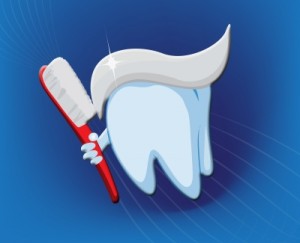Dental Bridges
Dental bridges are another type of fixed dental restoration used to fill a gap left by missing or damaged teeth. Crowns are placed on the natural teeth to either side of the gap and a synthetic tooth is created to fill in the gap. The crowned teeth act as anchors for the tooth bridge and are known as abutments. The replacement tooth, sitting between the abutments of the dental bridge, is called the pontic.
When Is a Bridge for Teeth Necessary?
Your dentist may recommend a dental bridge if you are missing one or more teeth. Large gaps between teeth can cause problems by migrating into the gap at the wrong angle, causing problems with the bite. Left unattended, a gap can also create problems with the temperomandibular joint (TMJ). A bridge for teeth will keep them from moving out of position. A dental bridge can:
- Preserve the shape of your face
- Help you regain the abilities to chew and speak properly
- Hold the remaining teeth in their correct positions
Types of Dental Bridges
There are three types of tooth bridge:
- Traditional dental bridge – As described above, these dental bridges have a normal crowned tooth or abutment on either side of the pontic, which may be composed of ceramics or porcelain fused to metal.
- Cantilever tooth bridge – This type of dental bridge is used when there is only one tooth adjacent to the gap.
- Maryland bonded bridge (also called resin-bonded bridge) – This type of bridge for teeth is composed of plastic gums and teeth that are supported by a metal framework.
Dental Bridge Procedure
Before a dental bridge can be fitted, the teeth that are going to serve as the abutments need to be drilled down so that the crown or tooth bridge can fit over it correctly. After reducing the teeth, the dentist takes an impression to make sure the tooth bridge is going to fit perfectly. The dentist will fit a temporary crown while the laboratory is making the permanent bridge for teeth.
How Long Do Dental Bridges Last?
A tooth bridge can be expected to last a lifetime but in some cases they may become loose or fall out. The most important thing you can do to preserve the longevity of your tooth bridge is to practice good dental hygiene. Brush with a fluoride toothpaste and floss every day. Visit your dentist regularly for check-ups and professional cleaning. Avoid chewing hard foods or ice and resist the temptation to use your new bridge as a bottle opener.












